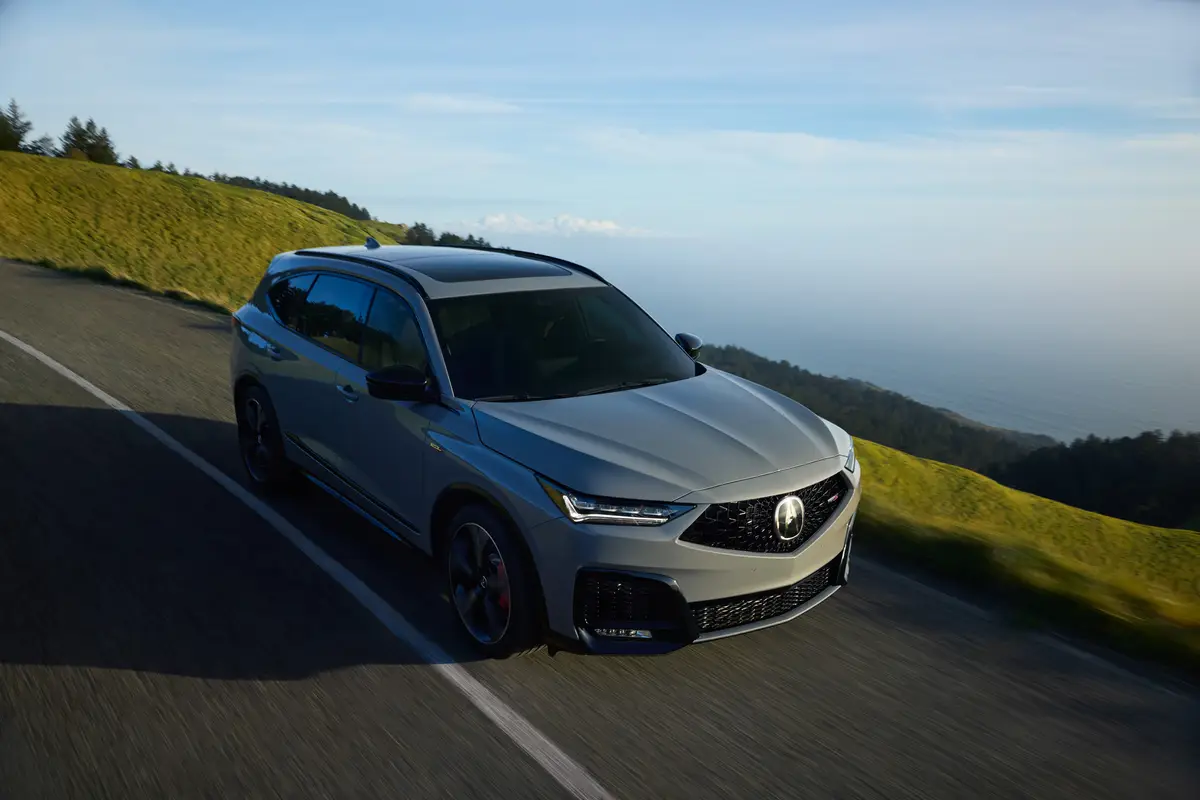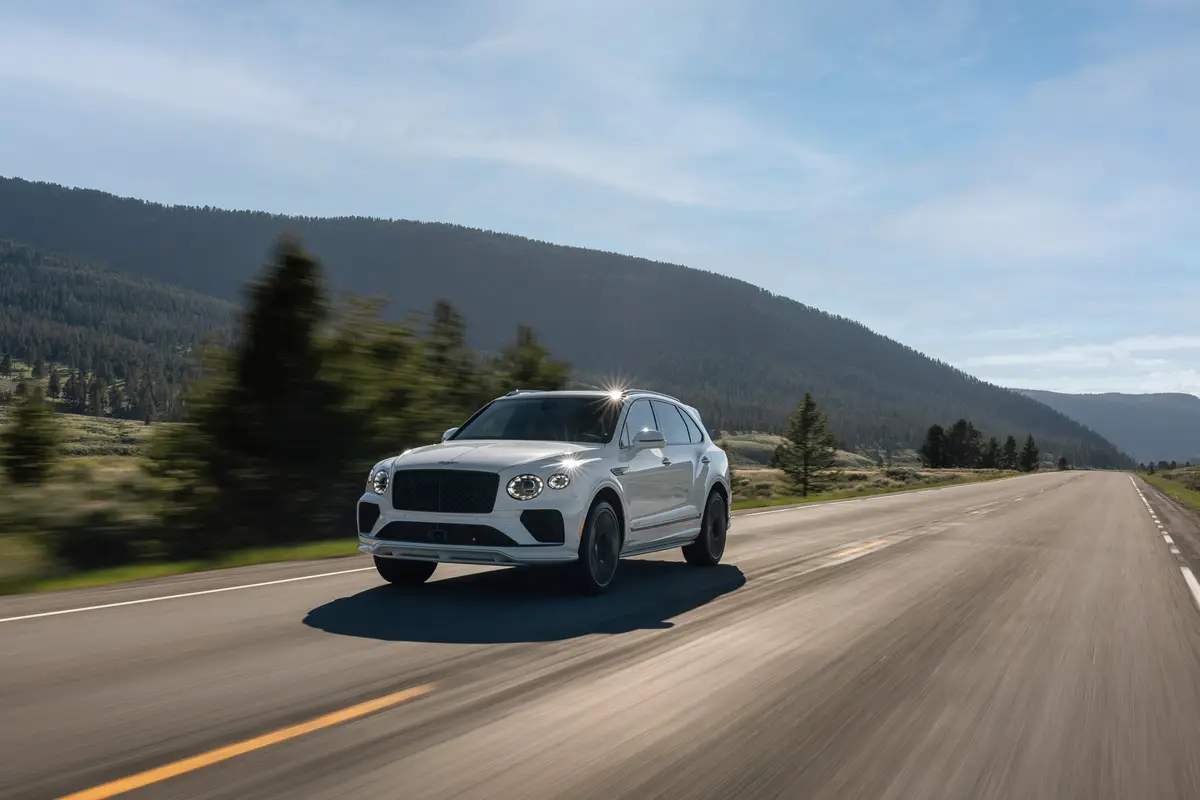The Morning Call and Mcall.com's view
The new Nissan 300ZX, the latest in the line of ”Z” cars, not only has a completely new look but also has a completely different engine, a V-6, which is the first of its kind offered by a Japanese auto manufacturer.
Updating a traditional model – the first of this series, the Datsun 240Z, was introduced in the 1970 model year – can be a little tricky. A manufacturer shouldn’t confuse loyal followers by completely breaking with the past but neither can it keep bringing out the same old model year after year. The ”Z” car has been a very successful offering from Nissan/Datsun but, like every other car on the market today, it faces a lot more competition than it did a couple of years ago.
Every facet of the car market is competitive but the sports car segment is particularly brutal. There are more of these types of cars being offered than ever before and something known as the ”sporty car” has overlapped this market. In many cases, as far as performance and handling goes, it is very difficult to separate the sporty car from the sports car. No doubt when Nissan decided to bring out a new ”Z” it took all of those factors – plus a couple more – into consideration.
One look at the 300ZX and you know Nissan can’t be accused of going halfway. Although it still retains the fast-back coupe styling of its predecessors – the 240Z, 260Z, 280Z and 280ZX – the restyling is so complete that it is not instantly recognized as a ”Z.” In fact, the test car confused quite a number of people but, since the 300ZX is a handsome car, I can’t find fault with that.
First off, the 300ZX has smooth surfaces and a taut, integrated appearance. Compared to the 280ZX, the front has less overhang, the windshield is smaller and is sharply raked back. The rear beltline has more of a distinct wedge look. Not only is the new design more aerodynamic than the 280ZX, it is more aerodynamic than any other production car offered today. The standard model has a coefficient of drag of 0.31 while the turbo model has a figure of 0.30. I’m not convinced a drag coefficient of 0.30 compared to 0.36 (the figure for the 280ZX) will be noticed by the average driver – or, for that matter, the above-average driver – it points out that Nissan made a lot of effort to get a low number.
The 300ZX comes in three models – the two-seat non-turbo, two-seat Turbo GS (Grand Sport) and 2+2 GS. The test car was a two-seat non-turbo and although this is the lowest priced of all the models, it has a high level of standard equipment and appointments at a base price (not including destination charges) of $15,799 including power steering, power brakes, power windows, power door locks, power mirrors, air conditioning, electronic-tuned AM-FM stereo with cassette, 8-way adjustable driver’s seat, tilt steering wheel with memory and rear window defroster. There are only three options available: Automatic transmission, $500; T-Bar roof, $800, and leather upholstery/digital dash, $1,800. The Turbo model begins at $18,199. There is also a limited- production, 50th anniversary model that runs up to about $25,000.
As you can see, there is quite a spread in prices for the 300ZX but, even with the standard model, a driver will probably not feel deprived.
Although it is quite different looking from the 280ZX, the 300ZX has similar dimensions. Overall length is 170.7 inches; wheelbase, 91.3 inches; width, 67.9 inches; height, 51 inches, and curb weight, 2,888 pounds. The only real differences are in length and width – the 300ZX is three inches shorter but one-and-a-half-inches wider.
Interior room is quite good and drivers and passengers of all sizes and shapes should be able to fit in comfortably. Like all sports cars, however, it takes a bit more effort and agility to enter and exit. Driving the 300ZX isn’t that difficult but you have to keep up with it. As can be expectedf om a sports car, the 300ZX is very responsive. Turn the wheel a little and the car turns a lot. The new ‘Z’ is a better handling car than the 280ZX simply because Nissan decided to go back to the traditional sports car handling of the earlier models. Nissan purposely changed the emphasis on the 280ZX from a sports car to more of a grand touring car to grab a wider share of the market, which succeeded, but now it wants the car to be known as a sports car.
The suspension of the new model has been changed considerably. For example, the front MacPherson strut suspension has entirely new geometry. The struts feature an offset spring center and, according to Nissan, is aligned to give a better ride and better control, especially during braking (the 300ZX also has larger brakes). In the rear, shock absorbers and springs have been ”decoupled” by mounting them side-by-side. The turbo model features shock absorbers that are adjustable to three levels of stiffness by the driver. Adjustable shocks aren’t that unusual but the turbo’s units are unique because electric motors are used to change their performance.
The test car had a five-speed manual transmission that was geared for performance but, because of the closeness of the gear pattern, was a bit difficult to shift. Second to third ended up in fifth and fifth to fourth ended up in second on several occasions. This happened even after there was an awareness that the pattern was close. No doubt when someone drives the car day in and day out it will not be much of a problem but the driver will still have to be careful. The transmission in the test car was a Nissan unit, however, the turbo model uses a new five-speed manual box that, according to Nissan, is a complete rework of the popular Borg-Warner unit. The optional automatic transmission is a computer-controlled four-speed that has two shift profiles.
The new engine in the 300ZX is an impressive 180-cubic-inch (three liter) V-6. It is not only the first V-6 to come out of Japan but currently the most powerful engine produced there. The new engine replaces the in-line, six- cylinder engine that had been used (in several different sizes from 2.4 liter to 2.8 liter) in ‘Z’ cars since 1970. The V-6 features an overhead cam on each bank, a cast iron block and aluminum heads. In the normally aspirated version it is rated at 160 horsepower at 5,200 rpm and 173 foot pounds of torque at 4,000 rpm which is more than enough power for all Lehigh Valley driving conditions. If you want more power, the turbo version is rated at 200 horsepower at 5,200 rpm and 227 foot pounds of torque at 3,600 rpm.
The test car, not surprisingly, was a quick car. Horsepower is rated at a very high rpm but the engine turns up very fast so you can tap all the power you want at anytime. Fuel mileage, though, can be quite good if you don’t have your foot in it all of the time. The test car averaged 16 mi les per gallon for city driving and 25 mpg over local highways. (EPA rating is 22/33.) Mileage should be at its best on those long trips on open highways. Since the engine has a 9:1 compression ratio, it will be happier with unleaded premium fuel.
Latest news



